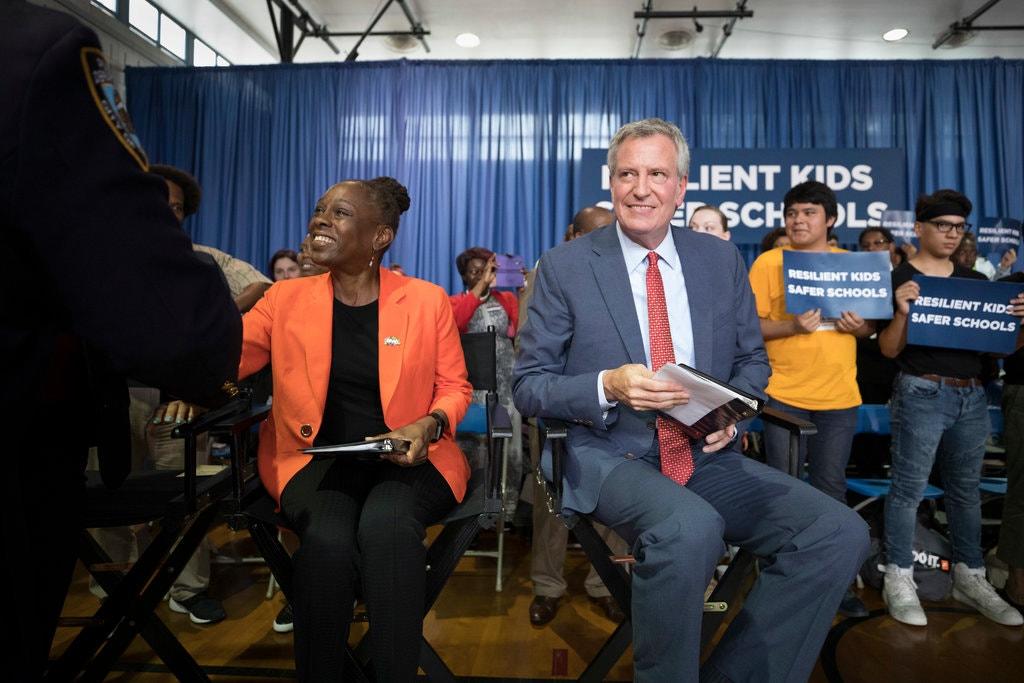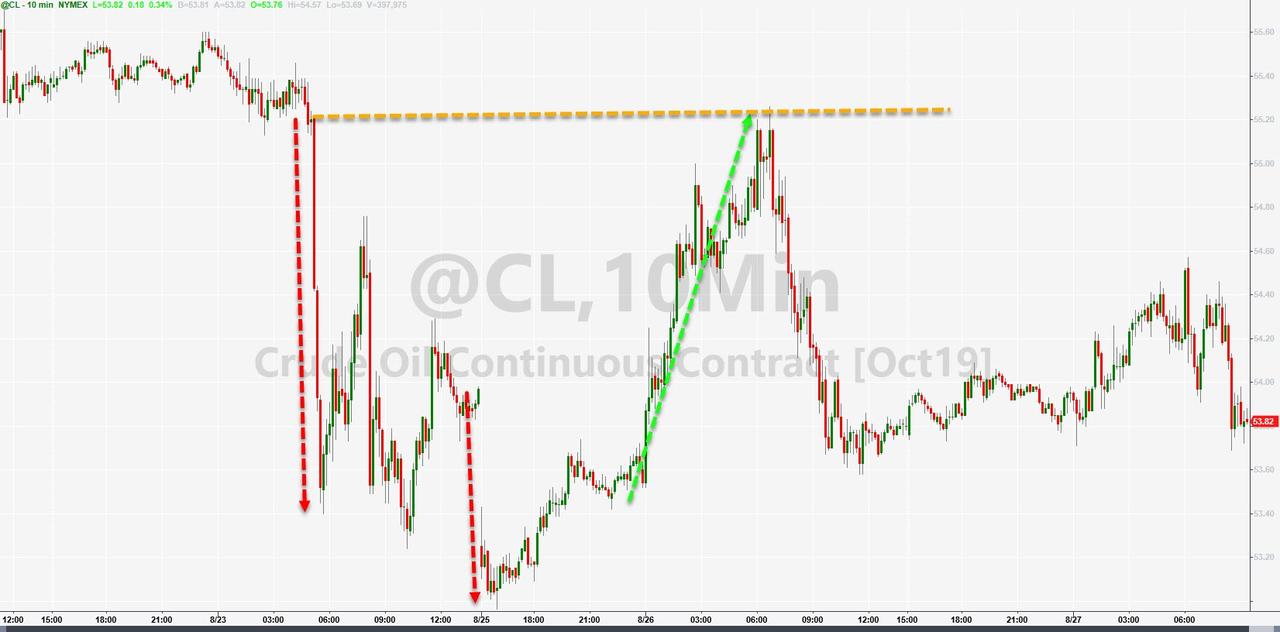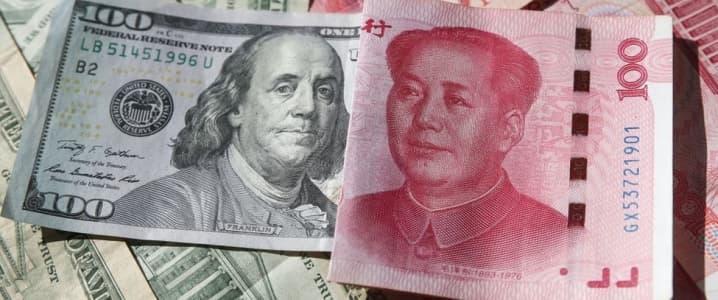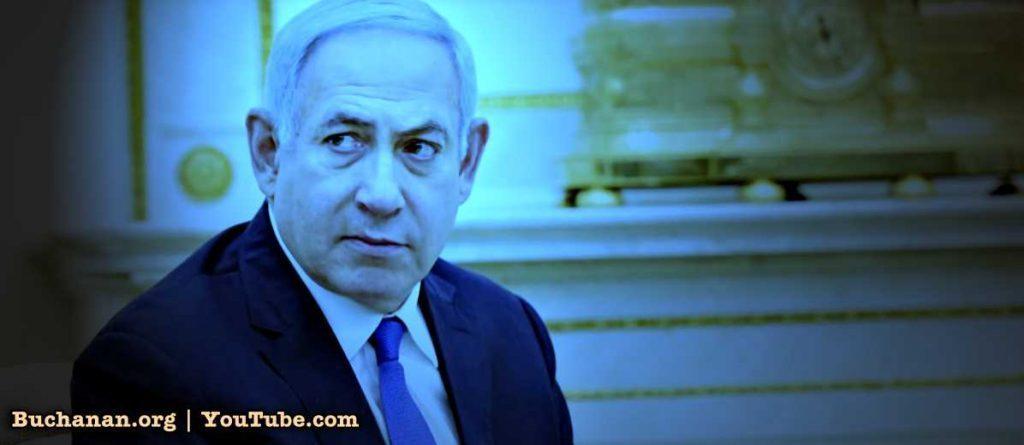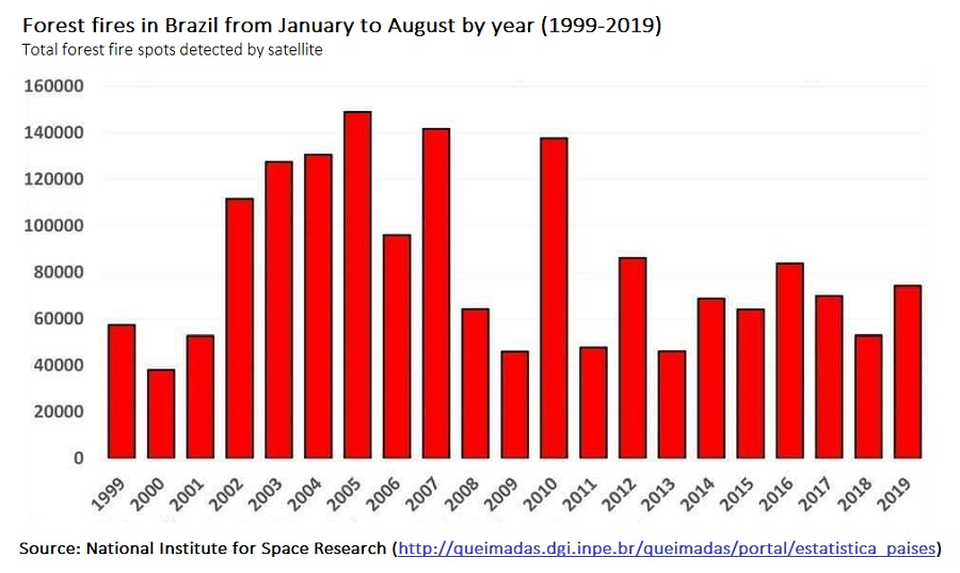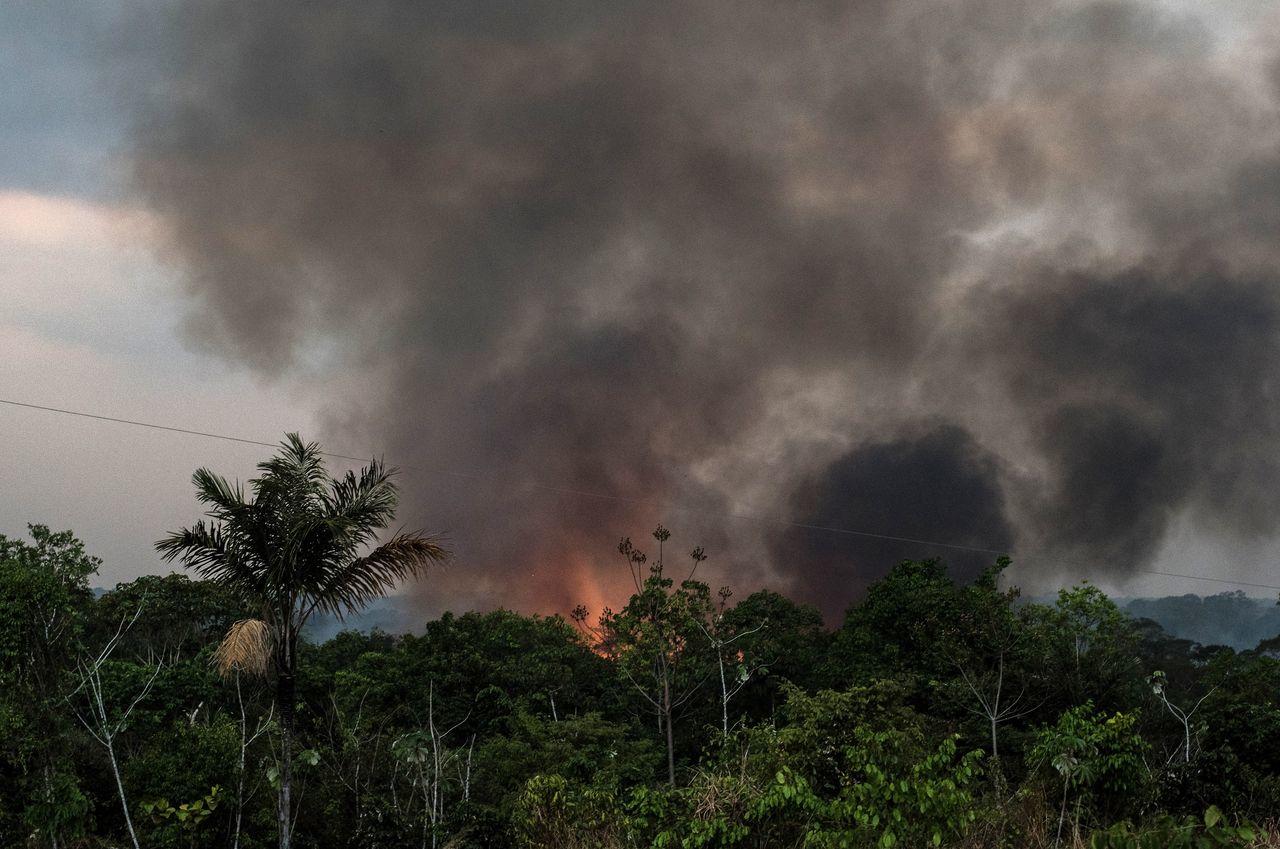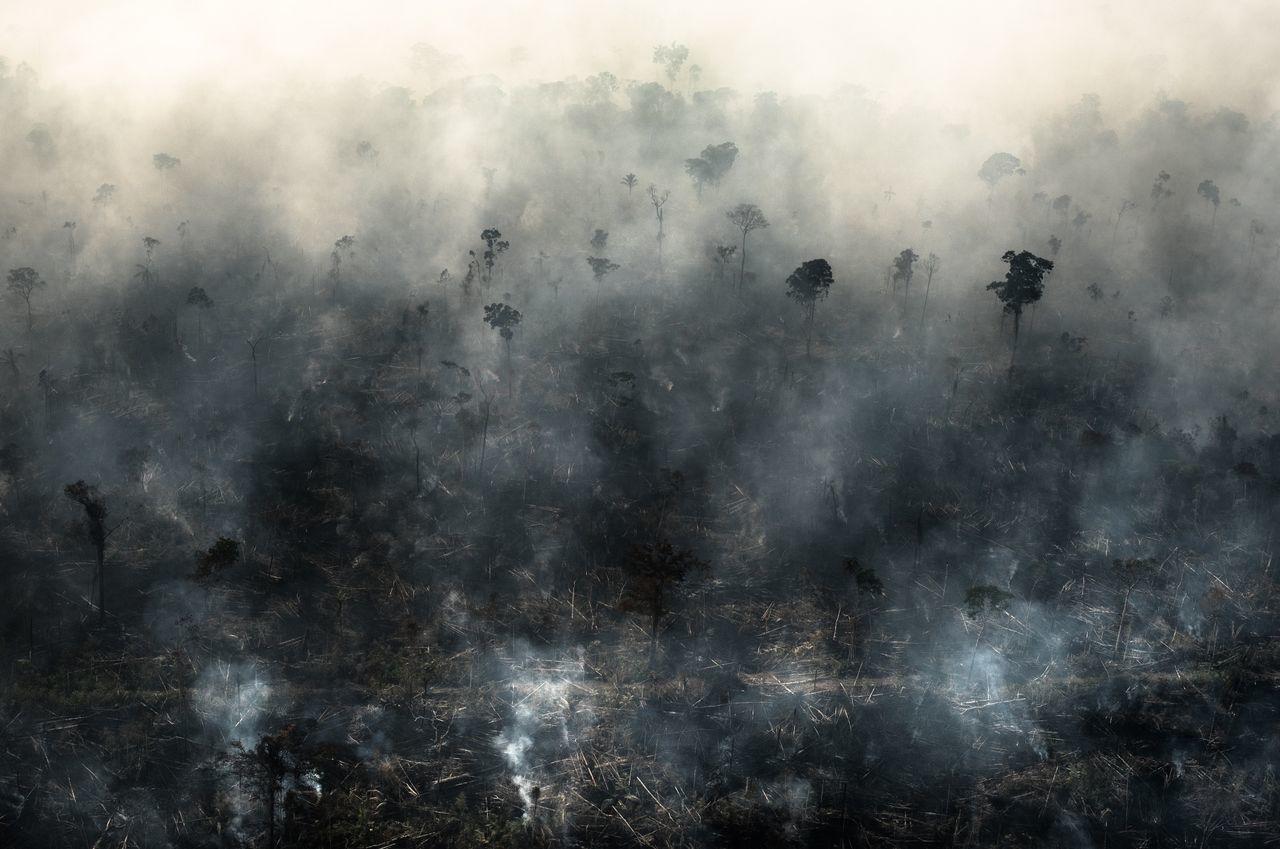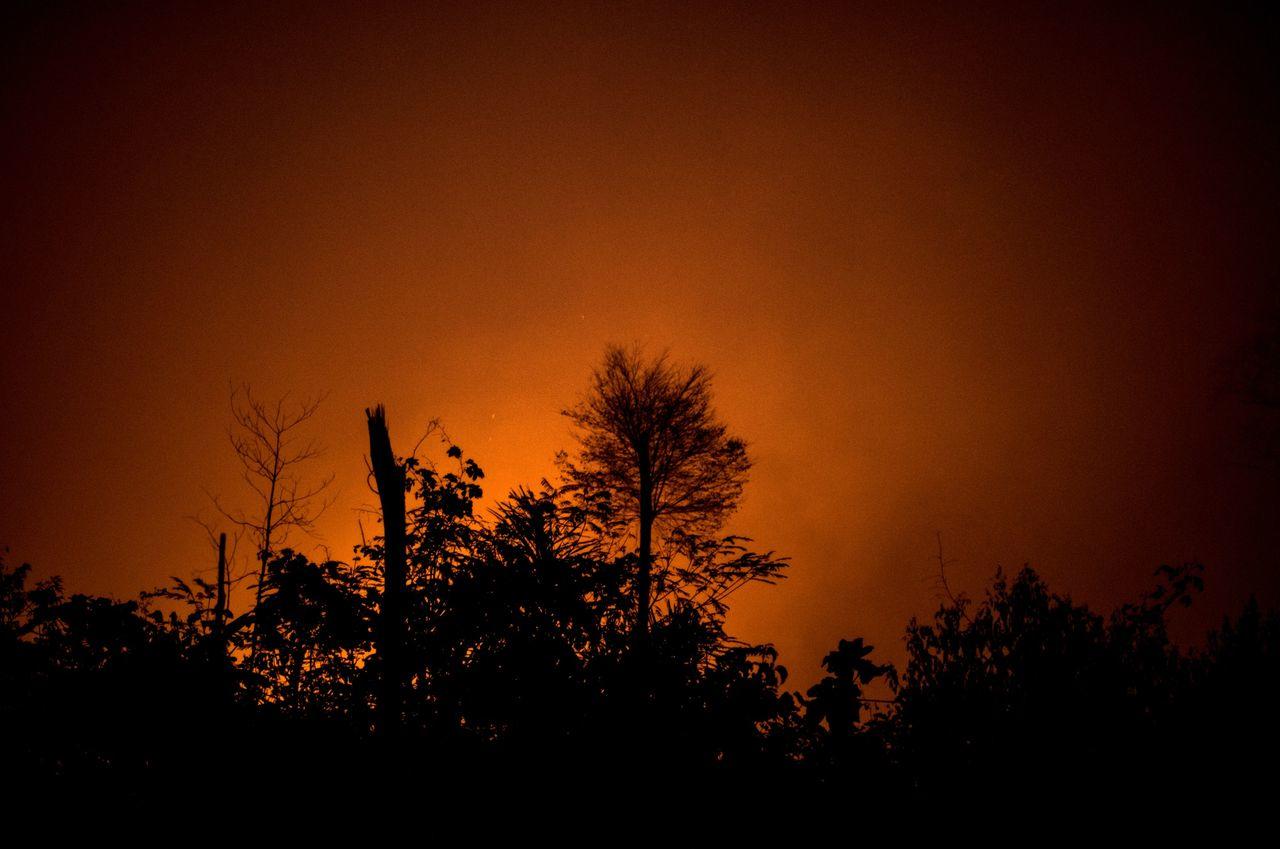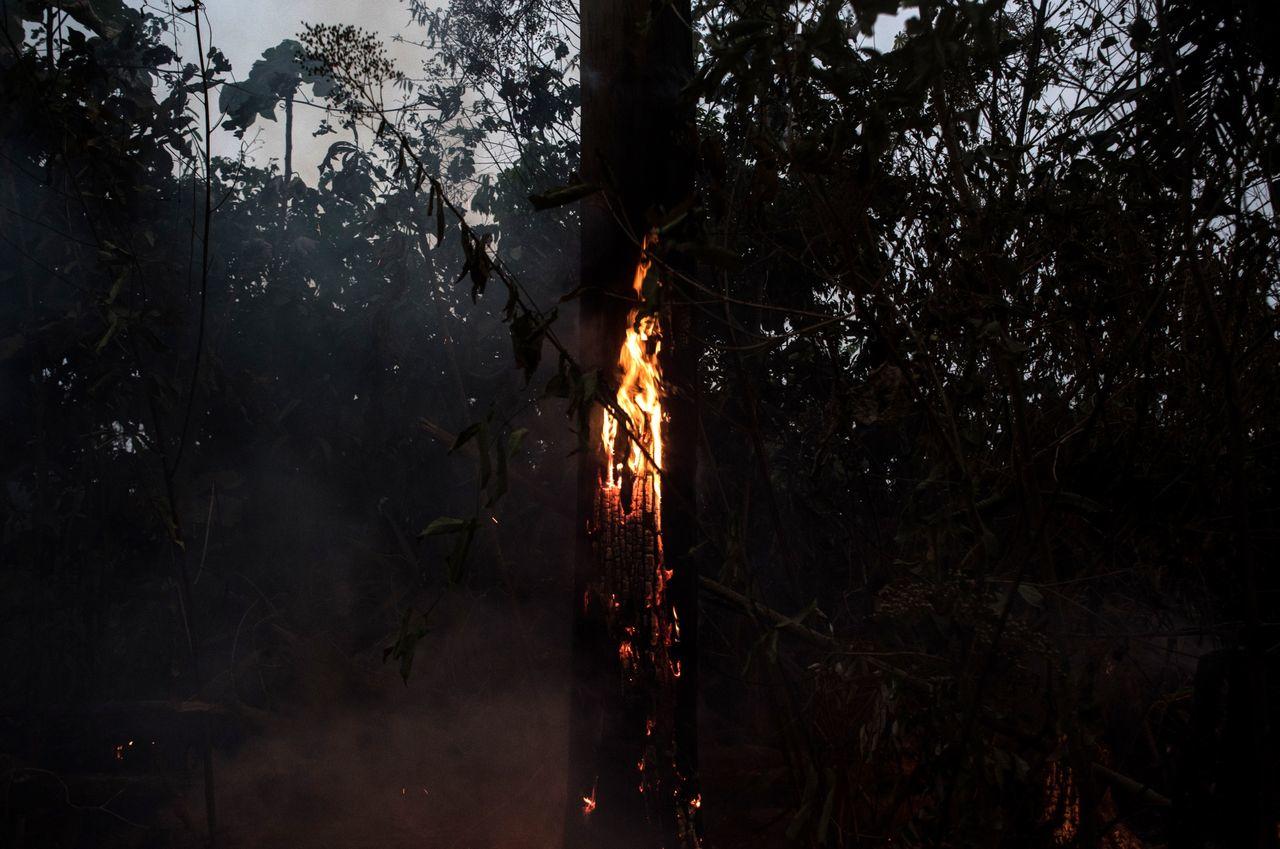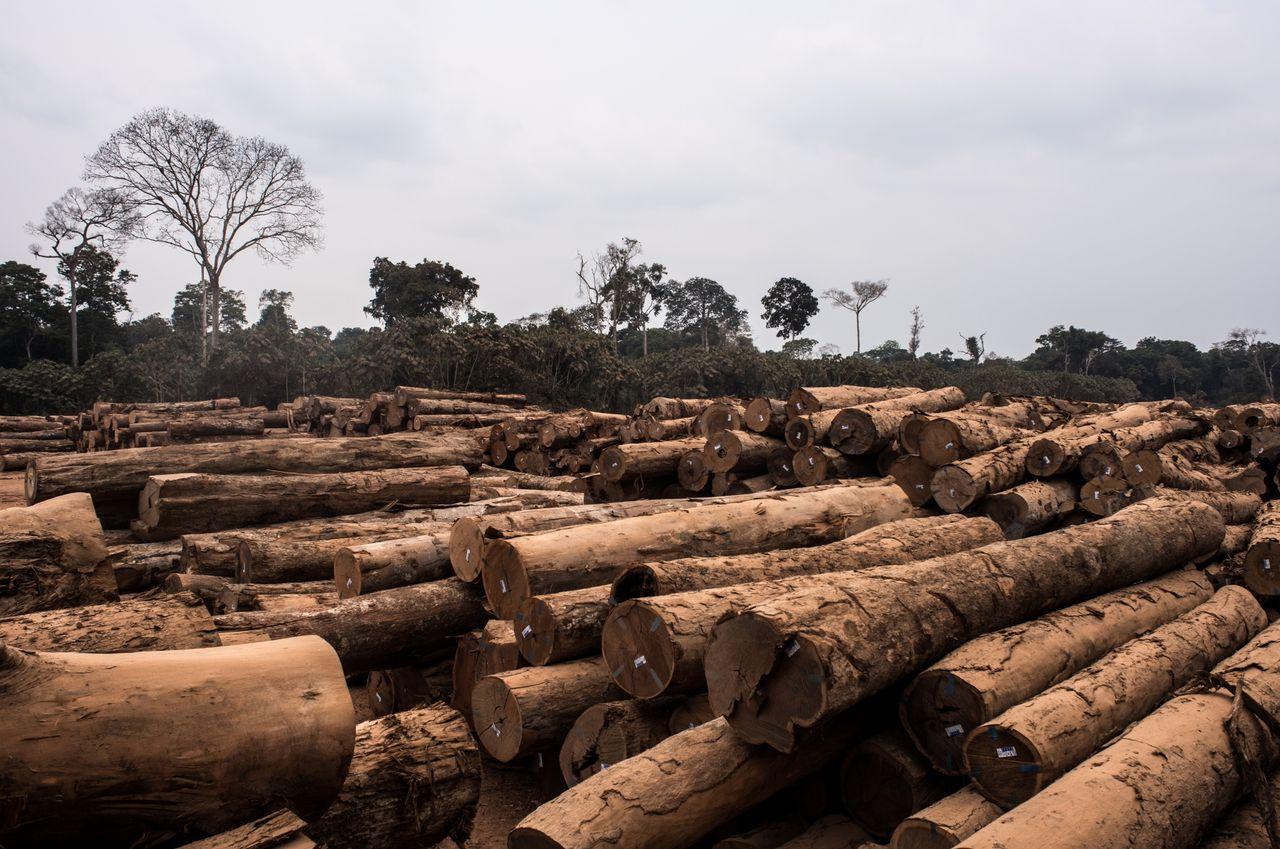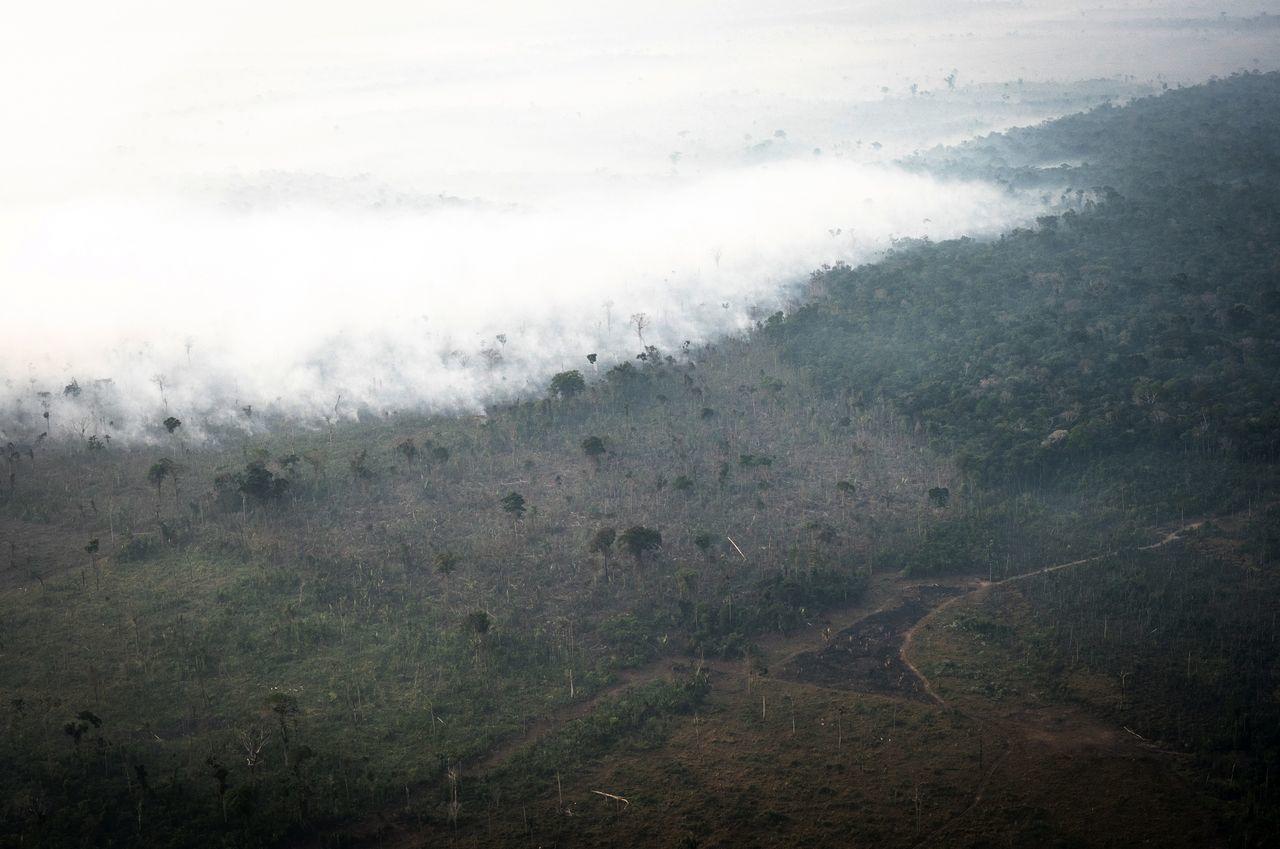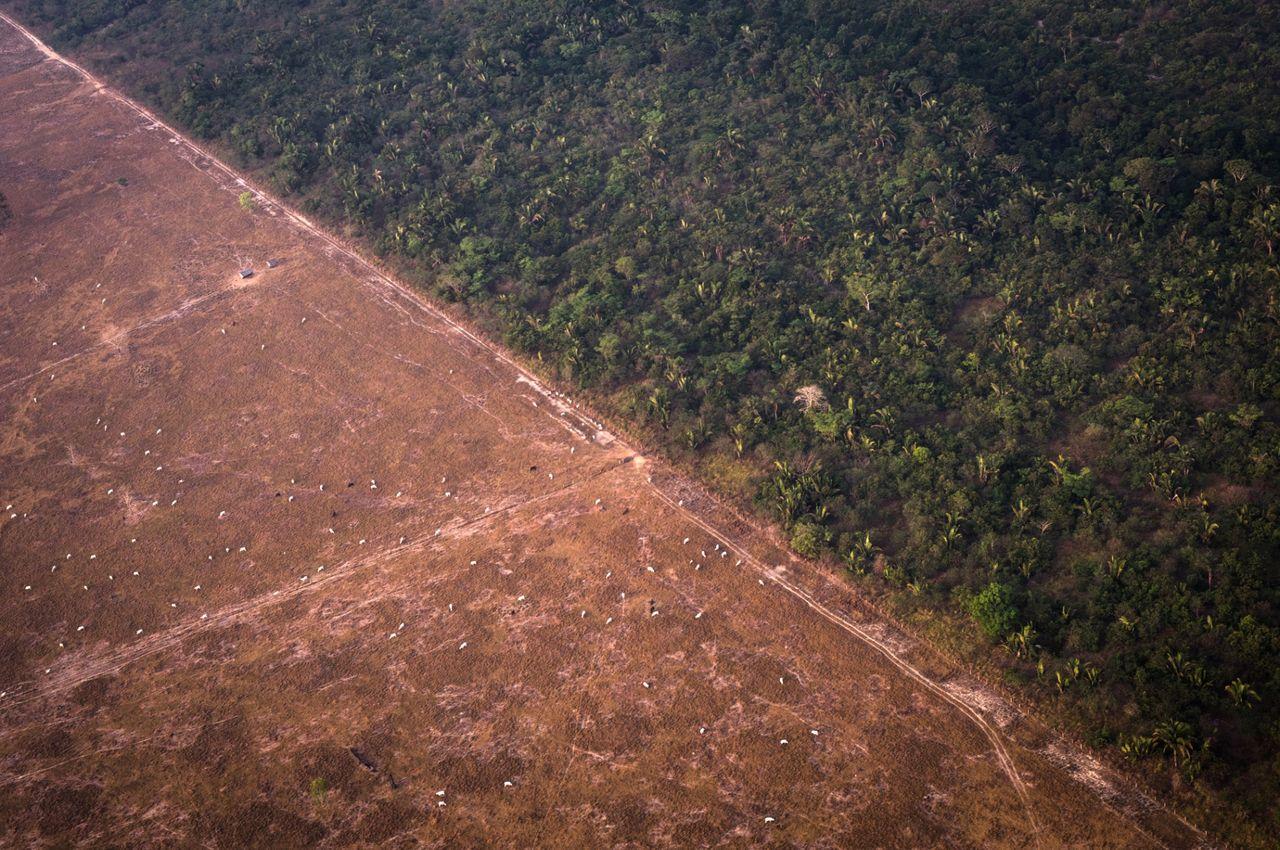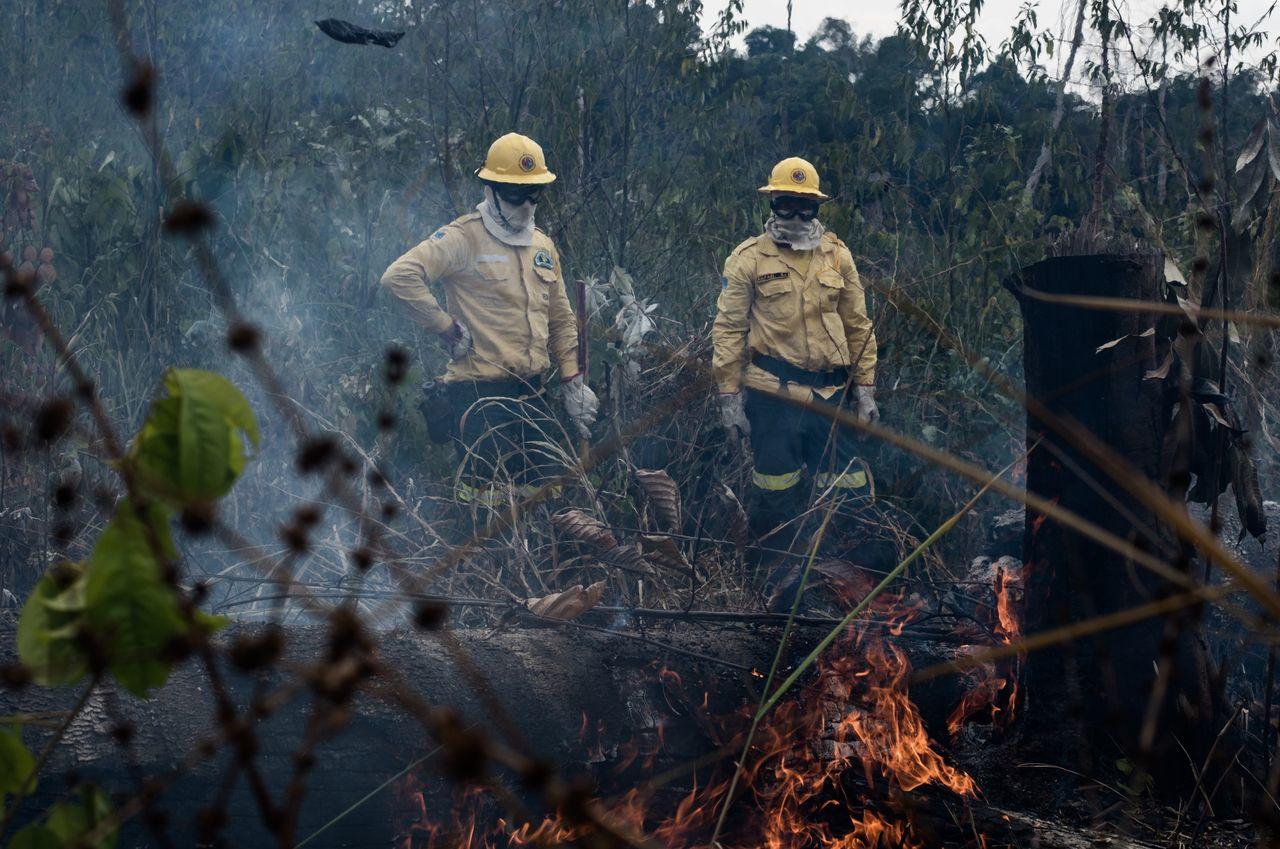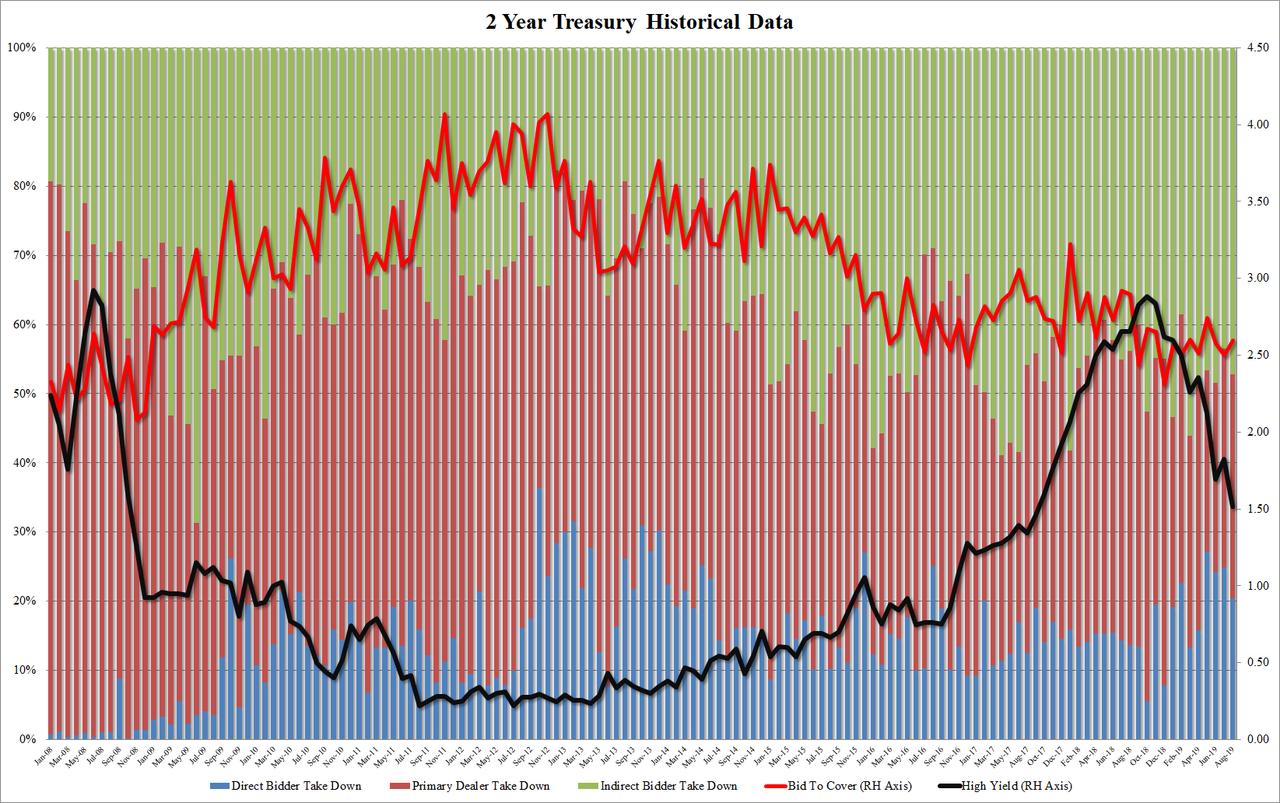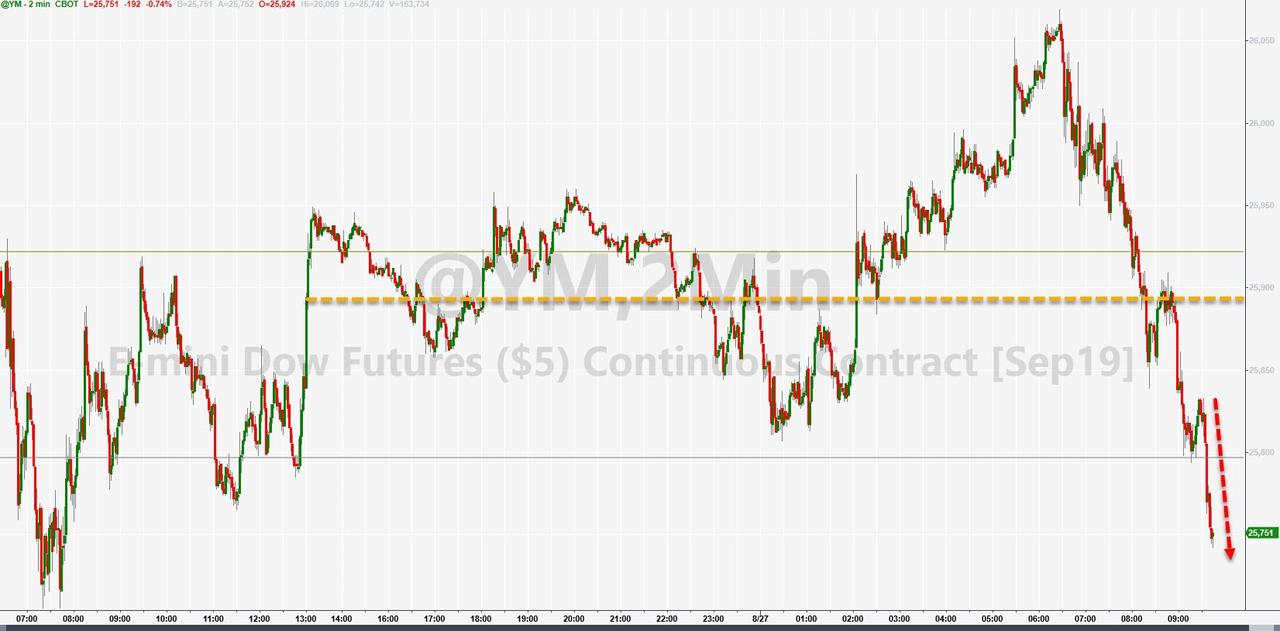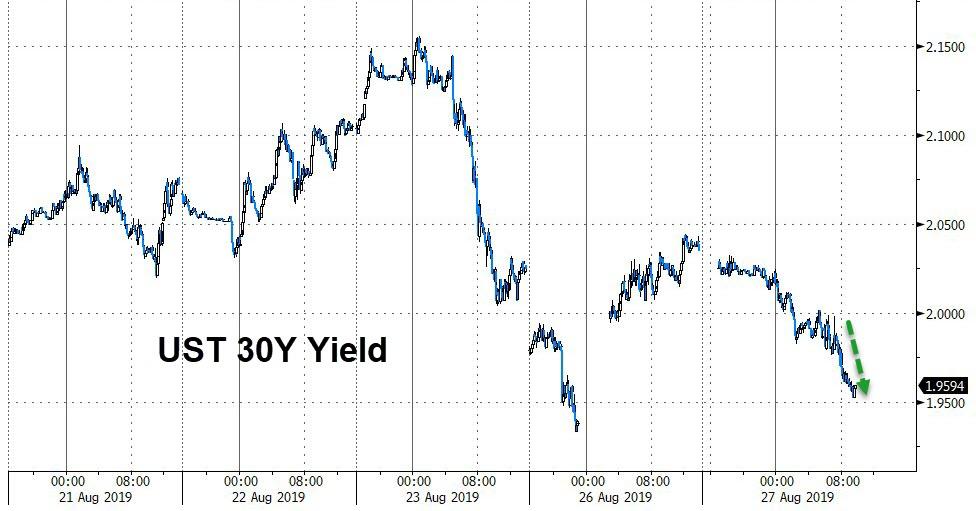New York Times columnist Bret Stephens quit social media on Tuesday after being widely mocked for sending an email to a George Washington University professor who called him a bedbug in a tweet.
The tweet in question was a response to news that The New York Times‘ newsroom had suffered an infestation of bedbugs. “The bedbugs are a metaphor,” George Washington University Associate Professor David Karpf tweeted. “The bedbugs are Bret Stephens.”
The tweet did not achieve viral status right away. According to Karpf, it initially received nine likes and zero retweets. And he did not tag Stephens in it. Nevertheless, Karpf soon received a complaining email from Stephens in which the columnist berated the professor for setting a new low for online discourse. In an interview with MSNBC, Stephens later claimed that the bedbug tweet was an example of “dehumanizing” rhetoric that called to mind various totalitarian regimes likening their enemies to insects.
.@BretStephensNYT on quitting Twitter after being called a “bedbug”:
“Analogizing people to insects is always wrong … Being analogized to insects goes back to a lot of totalitarian regimes in the past." pic.twitter.com/Iyh9PpK2HS
— Tom Elliott (@tomselliott) August 27, 2019
Stephens’ complaining email was not just addressed to Karpf. He also copied the offices of George Washington University Provost Forrest Maltzman. In other words, Stephens complained to Karpf’s boss. This is stunning hypocrisy from Stephens. In a May 17 Times op-ed, Stephens—who regularly inveighs against political correctness run amok on college campuses and elsewhere—castigated “all those who recklessly participate in the search-and-destroy missions of the call-out culture.” Stephens specifically criticized students at Harvard, Middlebury, and Yale for “alleging an invisible harm in order to inflict an actual one.”
“In place of an eye for an eye, we have professional destruction for emotional upset,” wrote Stephens. “Careers and reputations built over decades come to ruin, or nearly so, on account of a personal mistake or a disfavored opinion.”
Yet Stephens is now engaged in exactly the same kind of attempted canceling of Karpf.
To be sure, Stephens maintains that he had no desire to get Karpf in any trouble. But, as Stephens well knows, inviting university administrators to take a hard look at students and professors who said or did something controversial is a dangerous game. Administrators routinely engage in censorship as part of their efforts to placate squeaky wheels.
I’ve often enjoyed Stephens’ work, and I agree with him that many young people are all-too-eager to destroy people for venial sins. (In fact, I wrote an entire book on this subject!) But informing the provost was a lapse in judgment.
Bret Stephens is not a bedbug. But he might be a delicate snowflake.
Provost Maltzman released the following statement Tuesday afternoon affirming Karpf’s right to academic freedom.
— GW University (@GWtweets) August 27, 2019
from Latest – Reason.com https://ift.tt/2KXQ3li
via IFTTT
